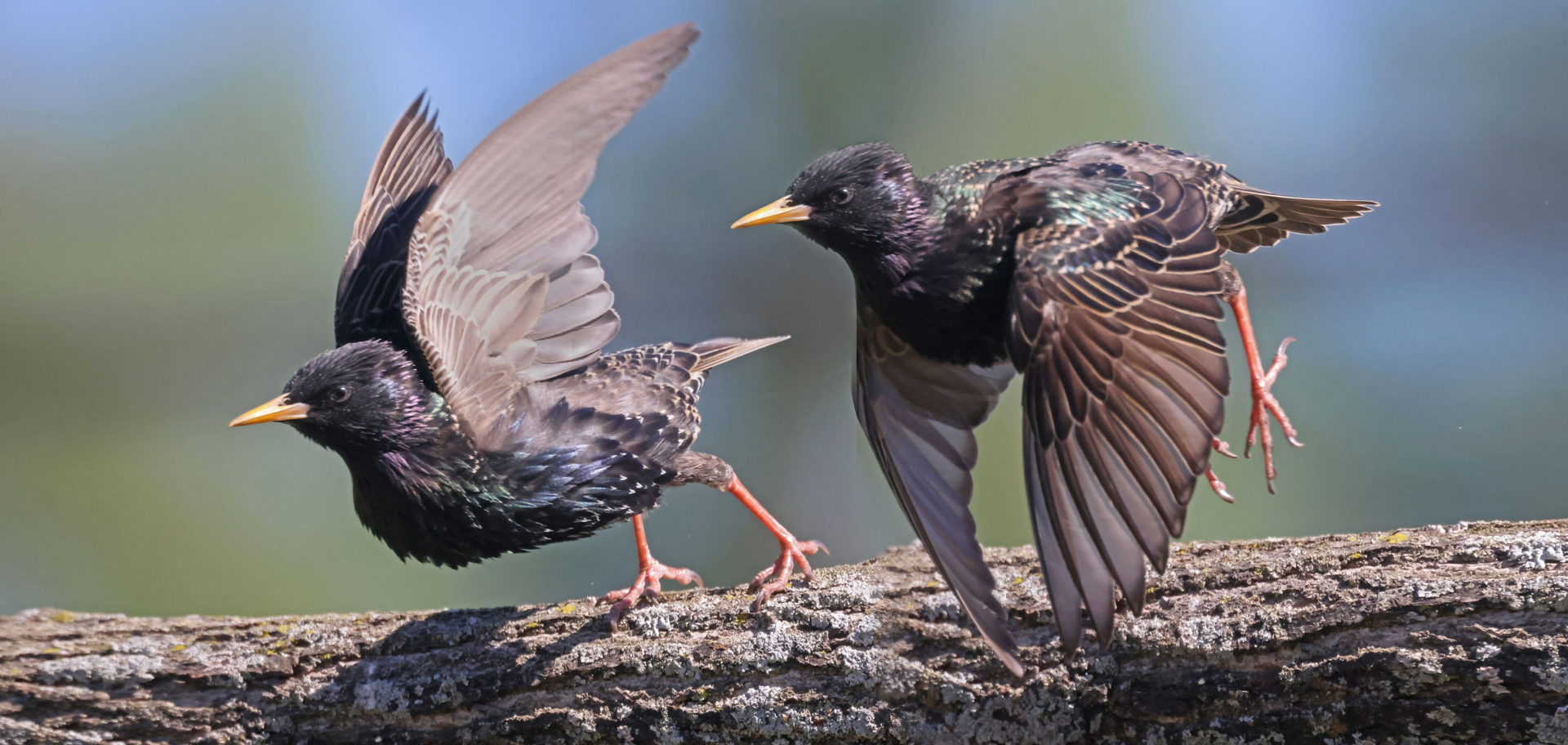The U.S. Just Experienced Its Warmest Meteorological Fall on Record
- By Amber Liggett
- Dec 12, 2024
Think back to your childhood memories playing outside in the fall. What were you wearing? Pants and a jacket, or shorts and tee shirt? It probably started out with the latter and shifted to the former.
As the years pass, we are seeing shorts and tee shirts being worn a lot later into the season as temperatures are staying warmer longer into the fall. This year was no exception. In fact, it was the warmest meteorological fall (September - November) on record with the average temperature for the Lower 48 being 57.6°F according to the National Oceanic & Atmospheric Administration (NOAA) National Centers for Environmental Information. That is 4.1°F above average in NOAA’s 130-year climate record.

According to Climate Central, fall has warmed in 234 U.S. cities which is 2.5°F on average since 1970. If you live in Texas, Nebraska, Minnesota, Wisconsin or Maine, you experienced record-warm temperatures. Warmer fall temperatures are significant, because they affect local conditions.

What do warmer temperatures in the fall really mean?
Changes in long-term weather patterns, or climate, can have cascading impacts on human health, ecology, the environment, and more. While there are several more examples to share, I want to highlight a sampling from a recent Climate Central’s research project.
In a previous article, I shared how extreme heat impacts human health. Well, warmer temperatures lingering through the fall can extend these health risks beyond the summertime. Air quality is another continued health concern. Hot and dry air and windy conditions are ingredients for wildfires. Warmer falls may result in a longer and more intense wildfire season. Furthermore, heat-driven stagnant air that traps wildfire smoke in the lower atmosphere will worsen air quality during these wildfires.
Fall warming may also lead to a more intense and lengthier allergy season for ragweed pollen. While ragweed usually peaks in September and lasts through October, warmer fall temperatures are extending the ragweed growing season. The growing season is also longer for some agricultural crops which is a great economic benefit for U.S. farmers.

Unfortunately, it also means that pests that reduce crop yields, mosquitos, and other disease-carrying insects will also linger around longer. We will see more ecological disruptions including changes in bird migration and animal hibernation which impacts their food availability. A recent article in Natural Habitat Adventures speaks further to the climate change complexities of bird migrations.

Another topic of interest is how fall foliage patterns will continue changing. The U.S. Department of Agriculture science of fall colors highlights that the timing of color changes and when the leaves start to fall is primarily controlled by the length of the nights. However, warm periods can lower the intensity of fall colors.
Overall, don’t expect fall as we know it to completely disappear, but be aware of the changes we are experiencing. A warming trend is projected to continue in years to come during all seasons. Keep up with the latest seasonal temperature outlook with the NOAA Climate Prediction Center.
